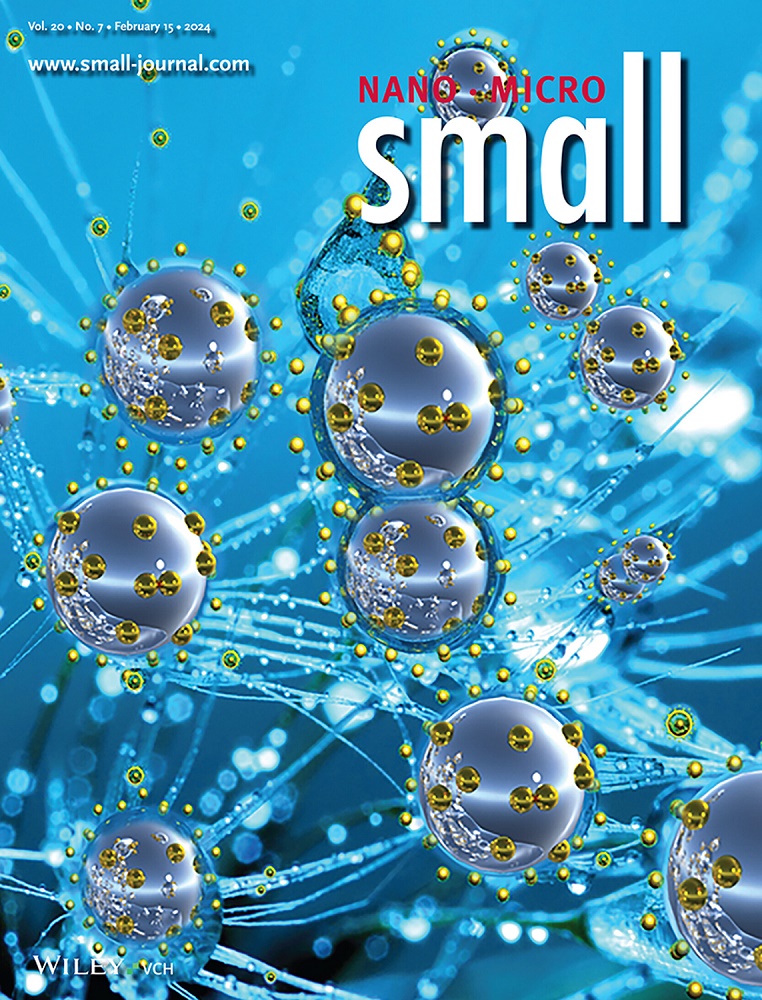Revealing the Micro‐Size Effect in Alloy Anodes for High‐Capacity and Long‐Cycling Sulfide‐Based Solid‐State Batteries
IF 13
2区 材料科学
Q1 CHEMISTRY, MULTIDISCIPLINARY
引用次数: 0
Abstract
Solid‐state batteries (SSBs) are competitive contenders for energy storage due to their inherent safety and high energy. However, the lack of an appropriate anode has hindered their development. Graphite and lithium metal are widely used anode materials, but graphite suffers from a low capacity, whereas lithium metal presents severe dendrite and reactivity challenges. Herein, the promising performance of micro‐sized alloys is demonstrated as high‐capacity and long‐cycling anodes for SSBs. Using antimony as a model anode, its full theoretical capacity (660 mAh g揭示高容量长循环硫化物基固态电池合金阳极的微尺寸效应
固态电池(SSBs)由于其固有的安全性和高能量而成为储能领域的有力竞争者。然而,缺乏合适的阳极阻碍了它们的发展。石墨和金属锂是目前广泛应用的负极材料,但石墨存在容量低的问题,而金属锂存在严重的枝晶和反应性问题。在此,微尺寸合金作为ssb的高容量和长循环阳极具有良好的性能。使用锑作为模型阳极,其全部理论容量(660 mAh g−1),高倍率容量(3 a g−1)和长循环寿命(1000-2000次循环)在室温下实现。对比研究进一步揭示了一个被忽视的“微尺寸效应”,即微尺寸合金建立了更有效的电子/离子传导途径,显著超过纳米尺寸合金。这种微尺寸效应挑战了传统观念,即纳米尺寸合金的性能总是优于微尺寸合金。基于这一发现,进一步证明了ssb中其他微合金(铅和铋)的类似高性能。考虑到容易合成、低成本、高密度和高稳定性等额外的优点,微尺寸合金作为ssb的优秀阳极候选者具有很大的前景。
本文章由计算机程序翻译,如有差异,请以英文原文为准。
求助全文
约1分钟内获得全文
求助全文
来源期刊

Small
工程技术-材料科学:综合
CiteScore
17.70
自引率
3.80%
发文量
1830
审稿时长
2.1 months
期刊介绍:
Small serves as an exceptional platform for both experimental and theoretical studies in fundamental and applied interdisciplinary research at the nano- and microscale. The journal offers a compelling mix of peer-reviewed Research Articles, Reviews, Perspectives, and Comments.
With a remarkable 2022 Journal Impact Factor of 13.3 (Journal Citation Reports from Clarivate Analytics, 2023), Small remains among the top multidisciplinary journals, covering a wide range of topics at the interface of materials science, chemistry, physics, engineering, medicine, and biology.
Small's readership includes biochemists, biologists, biomedical scientists, chemists, engineers, information technologists, materials scientists, physicists, and theoreticians alike.
 求助内容:
求助内容: 应助结果提醒方式:
应助结果提醒方式:


